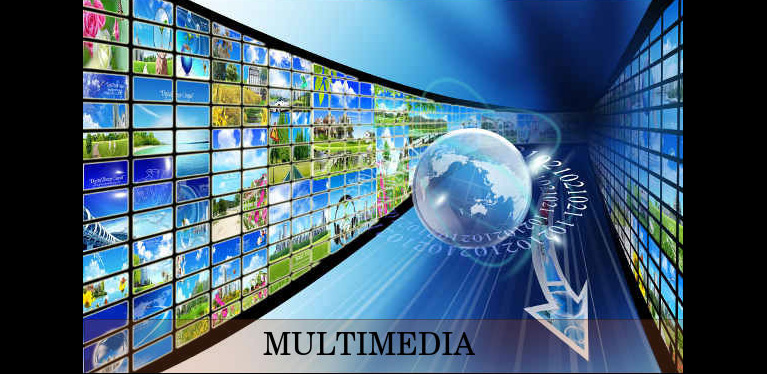As virtual reality (VR) continues to reshape the entertainment and education industries, animators are presented with new challenges and opportunities. At MAAC, we focus on preparing you to embrace the future of animation, especially in the realm of VR.
The Evolution of Animation in Virtual Reality
Virtual reality has transcended gaming and is now an integral part of industries like healthcare, education, and film. This shift has opened new possibilities for animators to craft immersive experiences. However, VR animation introduces complexities that differ from traditional methods, requiring animators to understand both the art and the technicalities of the medium.
Challenges in Animating for Virtual Reality
- Creating Immersive Environments
In VR, the viewer is fully immersed in a 360-degree environment, which means animators must design every aspect of the space. Unlike 2D or 3D animations where the viewer’s perspective is fixed, in VR, users can explore the world from any angle. This demands detailed attention to all elements in the scene, adding complexity to the process. - Real-Time Interactivity
Animating for VR often requires real-time rendering to ensure seamless interactivity. Characters and objects must respond to user inputs fluidly. Achieving this can be technically challenging, as VR platforms often have hardware constraints, necessitating optimization without sacrificing quality. - Motion Sickness and Viewer Comfort
One of the most critical challenges is minimizing motion sickness. Animators need to ensure that camera movements, frame rates, and transitions are smooth and comfortable for the user. Factors like sudden changes in motion or poor frame rates can make VR experiences unpleasant, requiring careful planning and testing. - High Resource Demands
VR animation demands high computational power due to the need for higher frame rates and resolution. Animators working in VR often require advanced hardware and software to handle these resource-intensive tasks, which can be a barrier for smaller studios or independent animators.
Opportunities in Virtual Reality Animation
Despite the challenges, the potential of VR animation is vast. Here are some opportunities:
1. Expanding Storytelling Horizons
In VR, animators can place viewers directly into the narrative, offering them the freedom to explore the story from unique perspectives. This type of immersive storytelling can engage audiences on an emotional level unlike any other medium. For aspiring animators, mastering VR can open doors to cutting-edge projects in entertainment, education, and more.
- Growing Demand Across Industries
Industries like healthcare, real estate, and education are increasingly adopting virtual reality for training, marketing, and simulations. This expands job opportunities for animators skilled in VR. For example, animators can create virtual tours for architectural firms or develop medical training modules using VR. - Hands-On Learning Opportunities at MAAC
At MAAC, our Virtual Reality animation courses provide you with the skills necessary to excel in this evolving field. We offer hands-on training with industry-standard software and equipment, enabling our students to gain practical experience. The demand for VR animators is on the rise, and MAAC graduates are equipped to meet this demand.
Why Learn Virtual Reality Animation at MAAC?
MAAC stands out as a leader in animation education, with a dedicated curriculum focusing on cutting-edge technologies like VR animation. Our programs cover the complete pipeline, from pre-production and asset creation to rendering and post-production. With expert faculty and access to advanced tools, MAAC students can build successful careers in this dynamic field.
Animating for virtual reality presents unique challenges, but the rewards are well worth the effort. As VR continues to grow, the demand for skilled animators will only increase. At MAAC, we provide the tools, training, and expertise to help you thrive in this exciting industry.
To learn more about our VR animation courses, visit our course page or explore more about the animation industry trends here.


